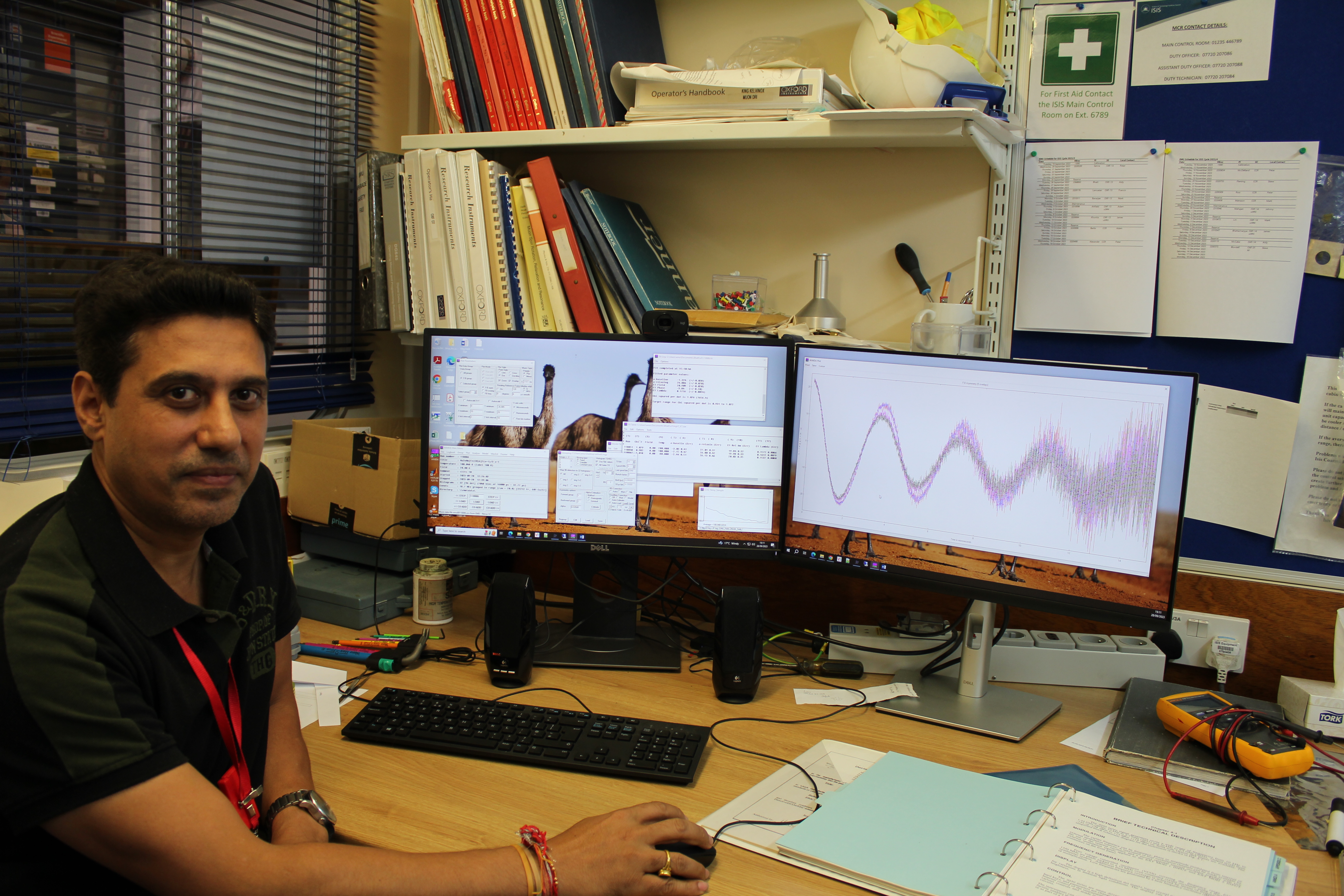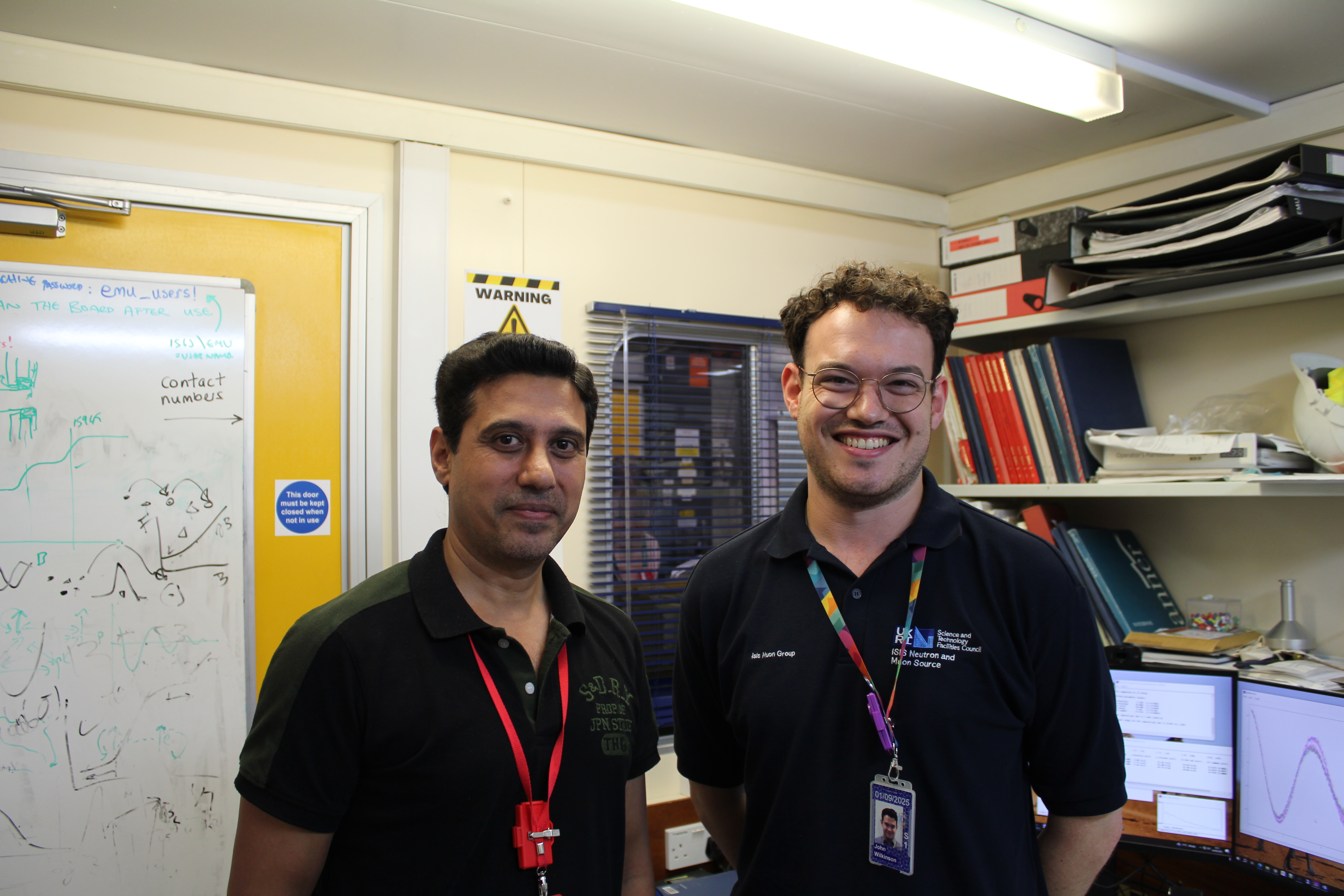 Energy storage has become a vital area of research due to the fast depletion of non-renewable energy resources, together with the unprecedented surge in energy demands. Harvesting energy from intermittent energy sources has become intrinsic to ensuring an uninterrupted power supply. Efficient energy storage systems (ESS) require reliable and efficient high-energy battery systems with long cycle life and low cost. The enormous commercial success of lithium-ion batteries has paved the way for compact and clean energy storage by powering portable electronic devices and electric vehicles. However, their restricted performance and increasing rise in material costs have led to research in next generation battery technologies that are highly desirable for realising efficient ESS in the future.
Energy storage has become a vital area of research due to the fast depletion of non-renewable energy resources, together with the unprecedented surge in energy demands. Harvesting energy from intermittent energy sources has become intrinsic to ensuring an uninterrupted power supply. Efficient energy storage systems (ESS) require reliable and efficient high-energy battery systems with long cycle life and low cost. The enormous commercial success of lithium-ion batteries has paved the way for compact and clean energy storage by powering portable electronic devices and electric vehicles. However, their restricted performance and increasing rise in material costs have led to research in next generation battery technologies that are highly desirable for realising efficient ESS in the future.
Dr Pramod Bhatt from the Bhabha Atomic Research Centre in Mumbai visited ISIS to conduct experiments on energy materials with our instrument, EMU. With the increasing demand for reliable and artificial energy storage in the move towards a net-zero world, Dr Bhatt and his team are investigating several alternative resources for battery storage based on Prussian blue analogues (PBAs).
For any alkali metal ion-based energy material, the basic principle is ion diffusion. To understand the diffusion process, the team needed to use EMU so they can examine battery materials at the microscopic level and understand how the diffusion process takes place.
The aim is to understand Na ion diffusion which help to increase the cycle life and stability of sodium-ion batteries. “We have incorporated sodium ions into the PBAs material in a controlled way so that we can see how the diffusion mechanism of sodium ions takes place at microscopic level as compared to the pure material. This study will be very much useful to reveal the nature, mechanism, and pathways of Na ion diffusion in such three-dimensional compounds of PBAs.”
 The team examined a series of experiments and hope that it will serve to construct a model system of PBAs family for their potential applications in the field of Na ions batteries. These compounds contain sufficiently large three-dimensional open spaces for Na+ ions to facilitate their inward and outward transport. Therefore, the understanding of Na+ ion transport and diffusion at microscopic level is a key feature to achieve the best performance and efficient operation of Na+ ion batteries based on such class of materials. The variation in stichometry could result in a different crystal structure hence, many combinations of metals ions can then be tested.
The team examined a series of experiments and hope that it will serve to construct a model system of PBAs family for their potential applications in the field of Na ions batteries. These compounds contain sufficiently large three-dimensional open spaces for Na+ ions to facilitate their inward and outward transport. Therefore, the understanding of Na+ ion transport and diffusion at microscopic level is a key feature to achieve the best performance and efficient operation of Na+ ion batteries based on such class of materials. The variation in stichometry could result in a different crystal structure hence, many combinations of metals ions can then be tested.
“Here at ISIS, there are always multiple possibilities to explore,” continued Dr Bhatt. “This research is funded by the Nano mission program, of the Department of Science and technology of India. This funding is incredibly important for Indian researchers to travel to large-scale facilities to conduct their research. It encourages opportunity and collaboration with our colleague Adrian Hillier at ISIS.”
